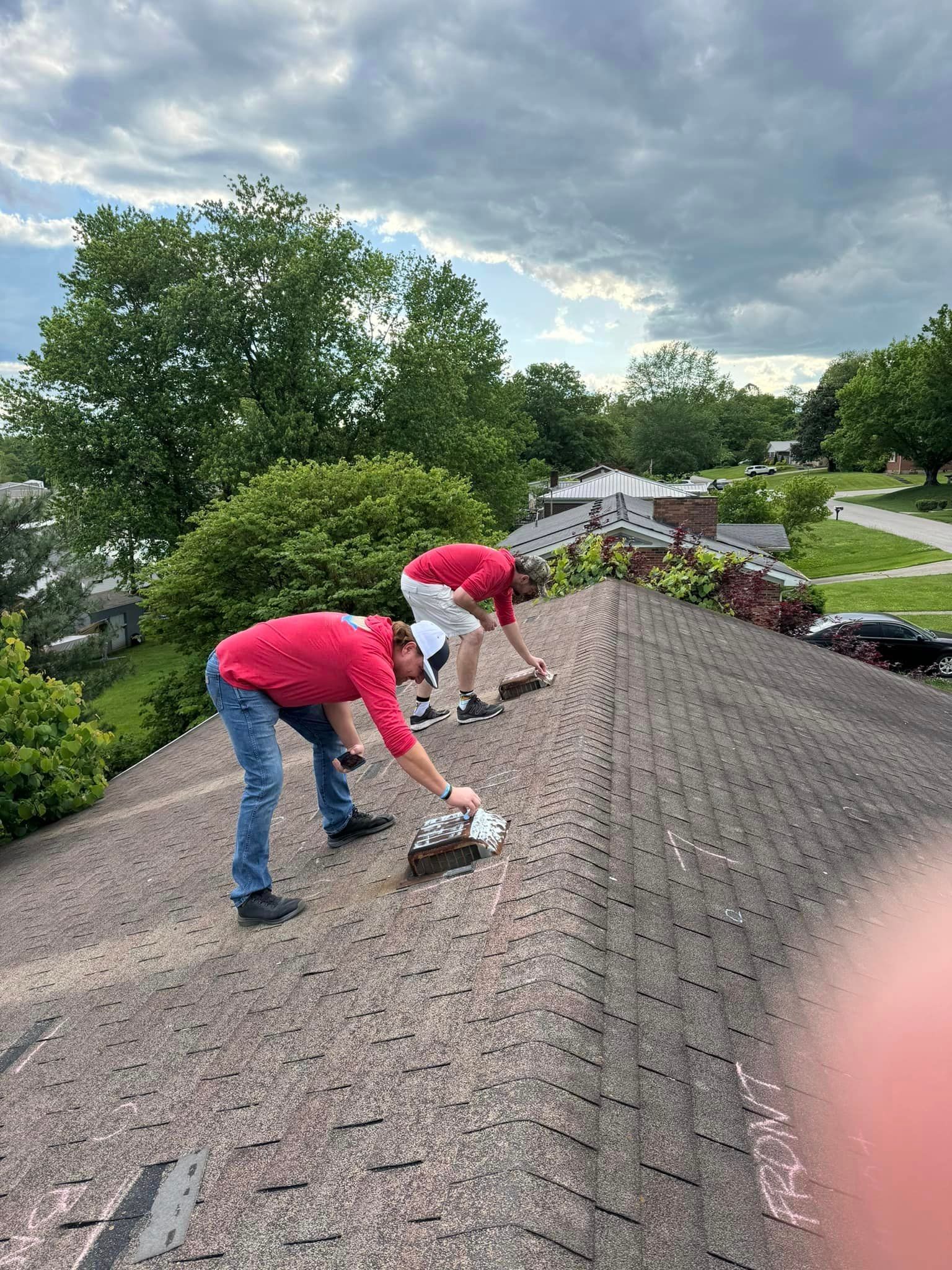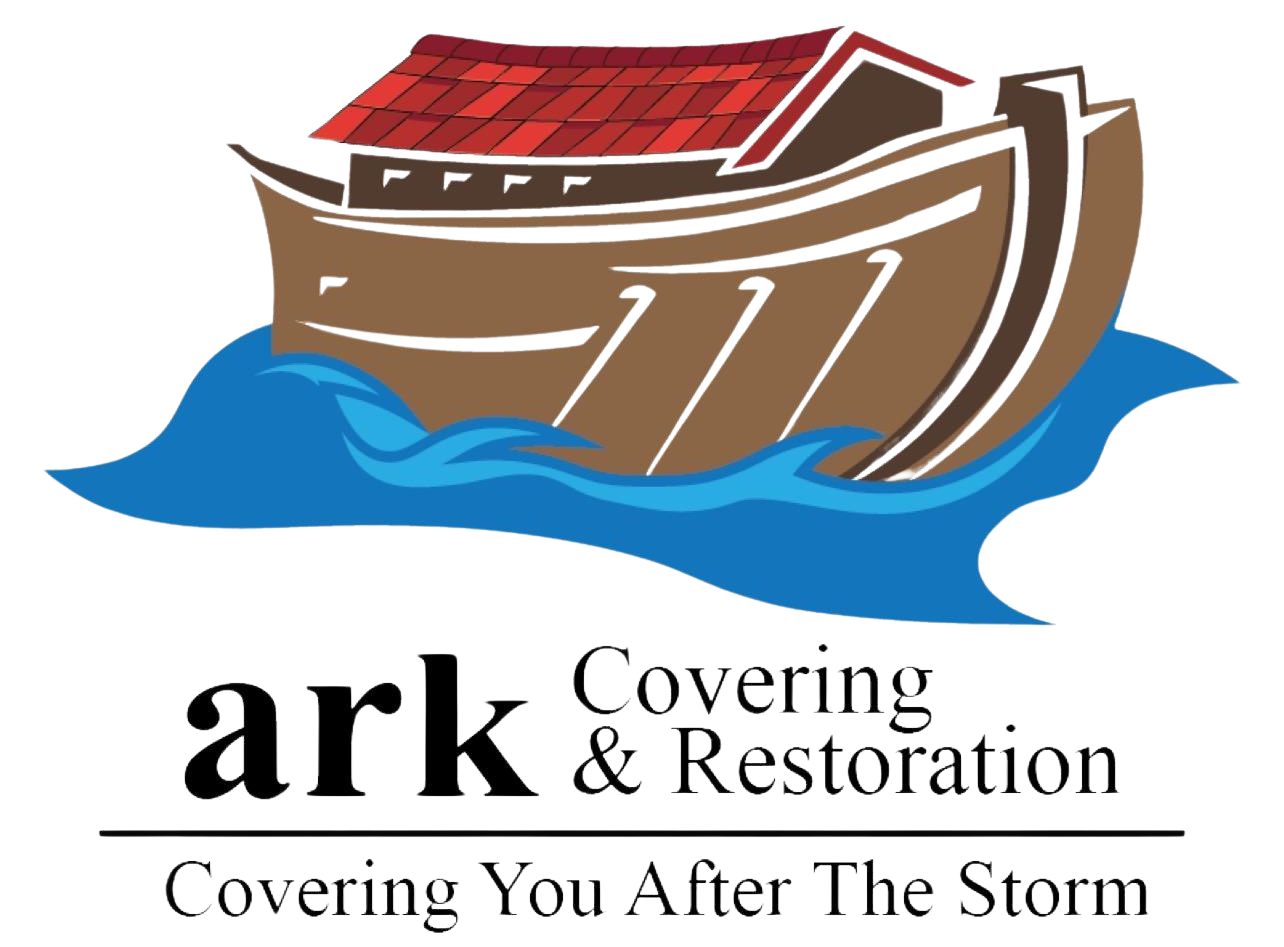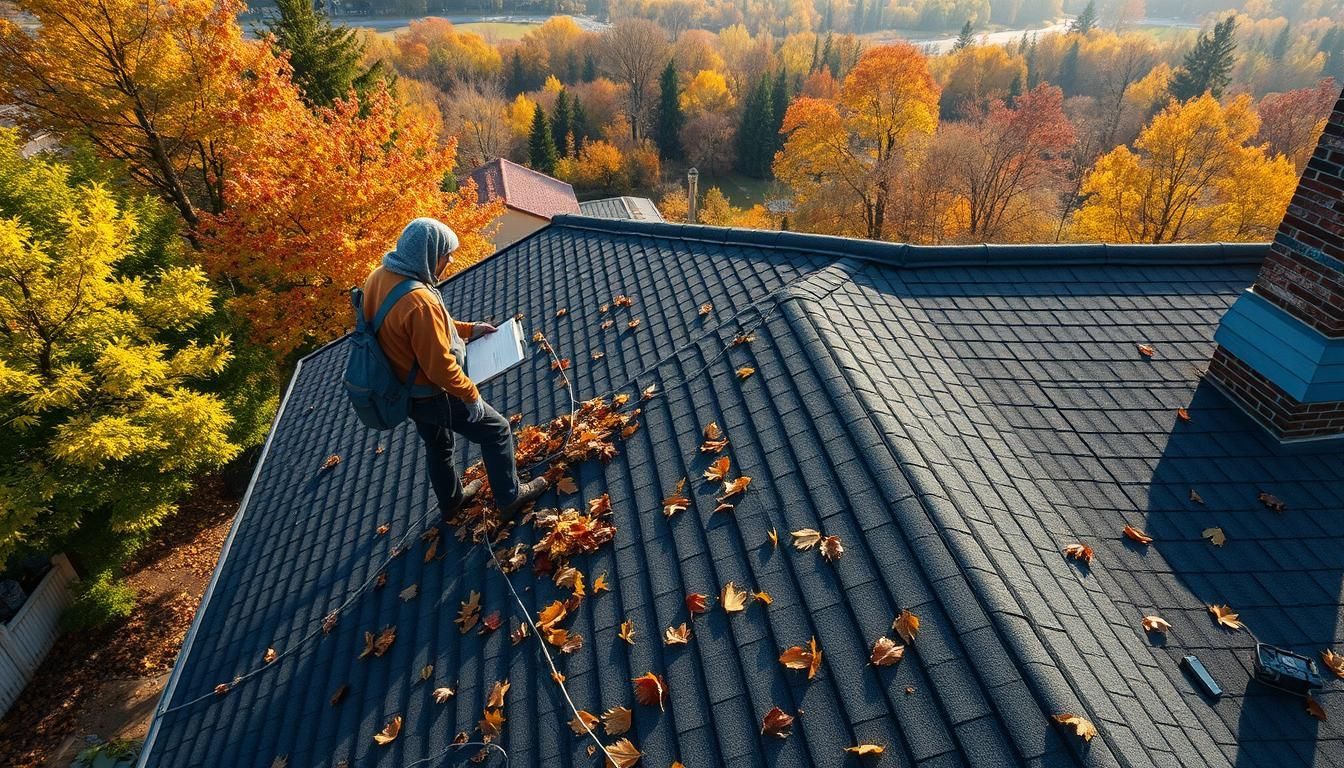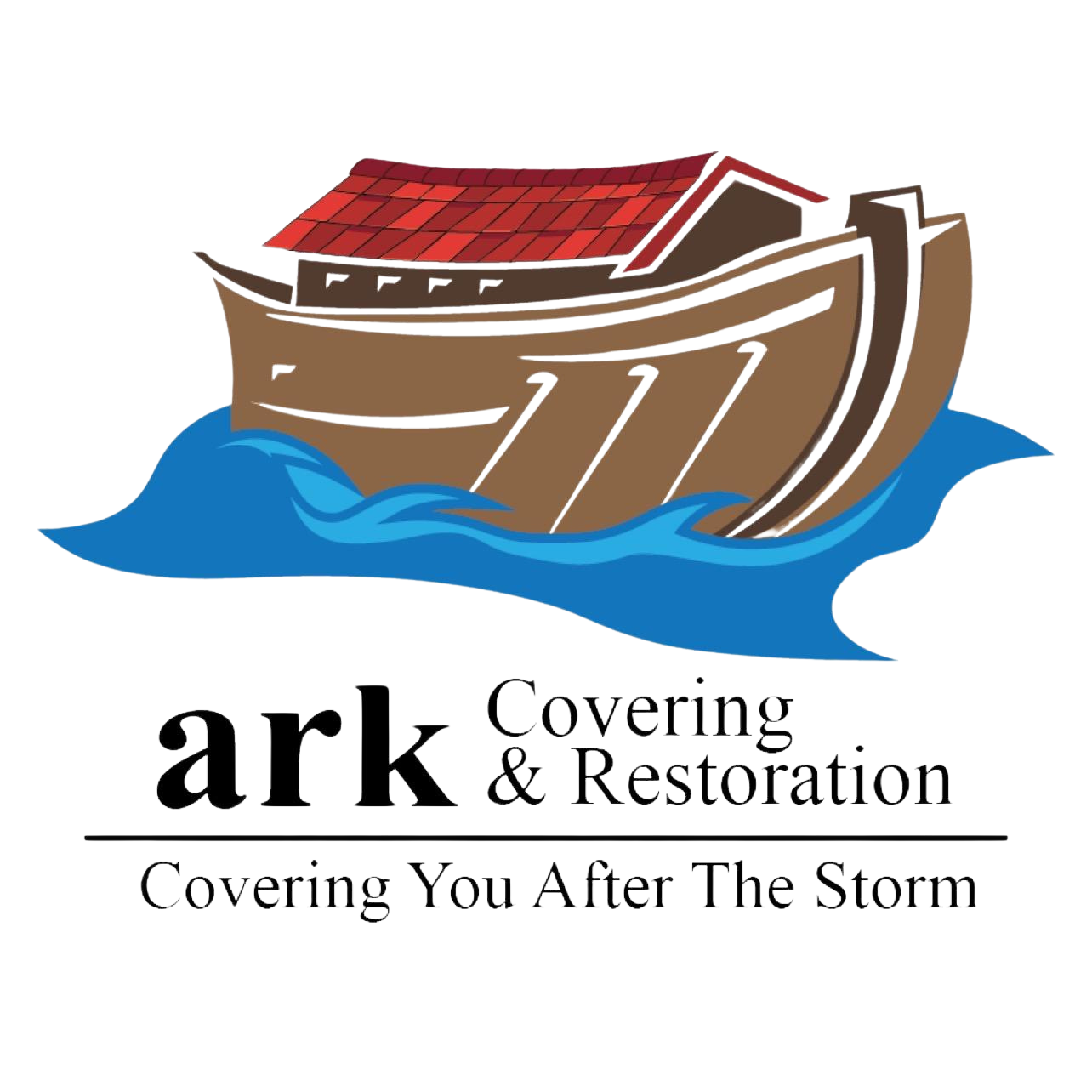Emergency Roof Repair: What to Do Right After a Severe Storm
When a severe storm hits, every second counts. What should you do right away to protect your home and family? The actions you take after the storm can greatly affect the damage and your roof's condition. But, do you know when you need an emergency roof repair?
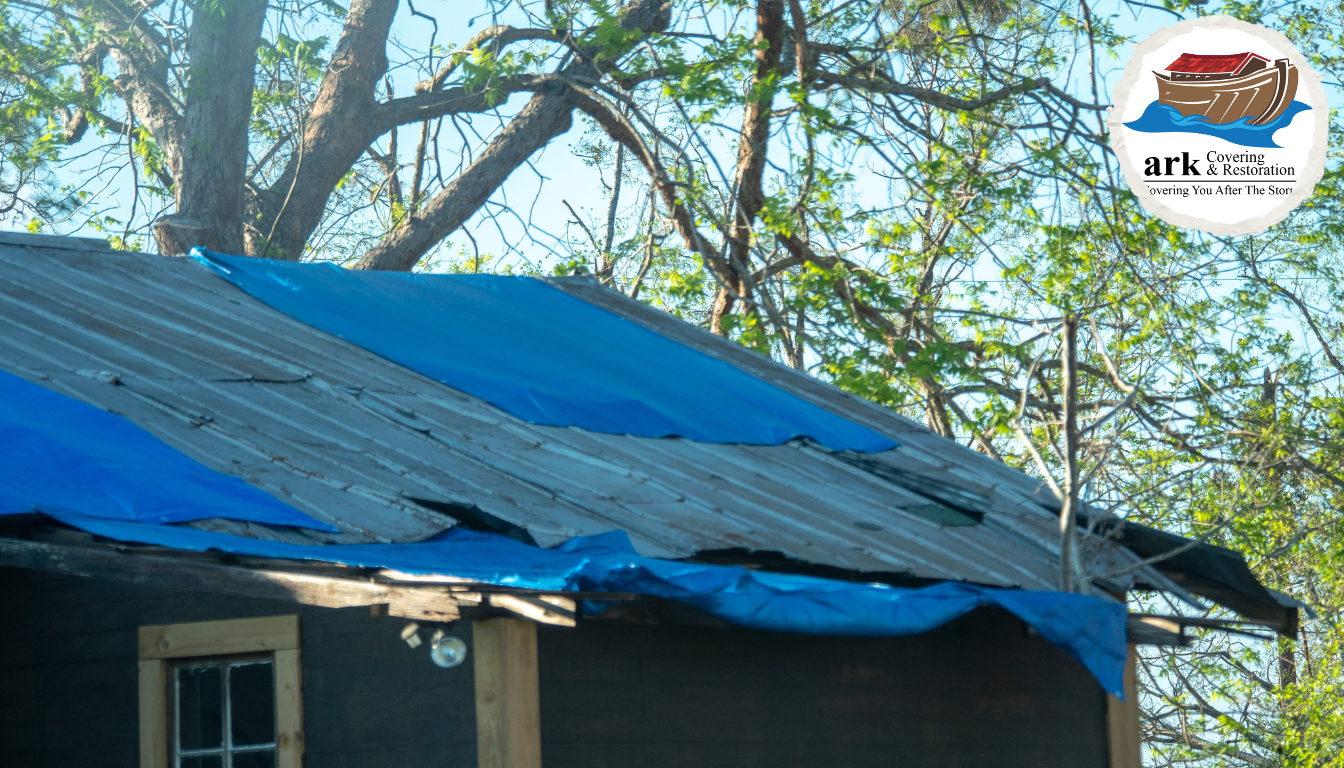
After a strong storm, your roof might be badly damaged. It's vital to act quickly. You might see water leaks, missing shingles, or structural problems. Knowing these common issues can help you react fast and lessen the damage to your home.
Key Takeaways:
- Immediately contact a trusted roofing contractor and your insurance provider after a severe storm.
- Visible signs of damage, such as leaks, sagging, and missing materials, require urgent attention.
- Temporary measures like tarping can help prevent further deterioration while awaiting professional repairs.
- Addressing roof damage promptly is essential to protect your home and ensure occupant safety.
- Reliable roofing companies can guide you through the repair process and help navigate the insurance claim process.
Understanding Roof Emergency Situations
Severe weather can badly damage roofs, needing quick fixes. In Arizona, monsoon storms bring strong winds and heavy rain. This can loosen or tear off shingles, exposing roofs to harm.
Common Types of Storm Damage
The dry climate in Arizona makes roofs wear out fast. Storms, UV rays, and temperature changes can damage them. Falling branches or trees can also harm roofs, especially in green areas.
Signs of Severe Roof Damage
Quick action is key for roof leakage or water getting in. Arizona's sun and heat make things worse. Wildfires can also weaken roofs, needing emergency roofing services to fix them fast.
When Damage Becomes an Emergency
Waiting too long for emergency roof repair can lead to more damage. Signs like visible holes, breaks, sagging, or missing shingles mean you need help right away. This keeps your roof safe and strong.
Immediate Safety Measures After Storm Damage
After a severe storm, roof safety and emergency steps are crucial. First, leave the building if it might fall. Stay away from areas with obvious storm aftermath damage. They can be very dangerous.
Be careful of electrical risks from water getting in. Never try to go on a damaged roof yourself. That's a job for the experts.
After making sure the outside is safe, check inside your home. If it's okay, use buckets to catch leaks. Move important things away from wet spots. Securing the area around your home also helps prevent injuries from falling debris.
These quick emergency precautions can greatly reduce damage and keep your family safe.
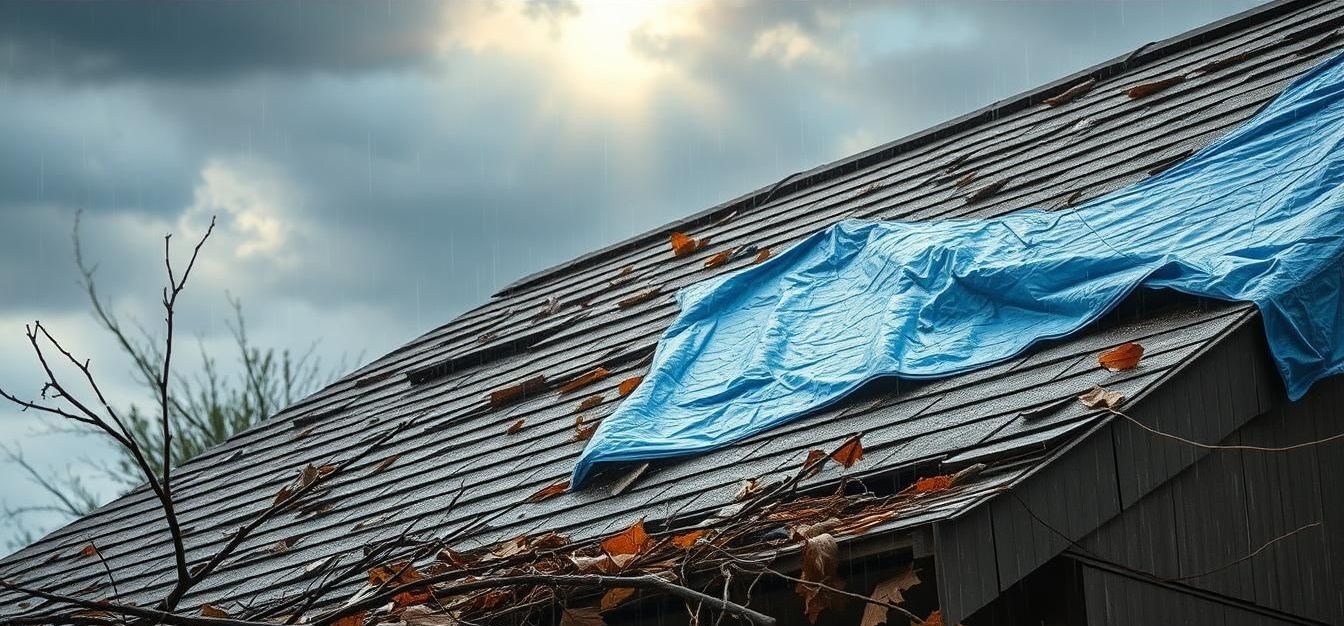
New Paragraph
